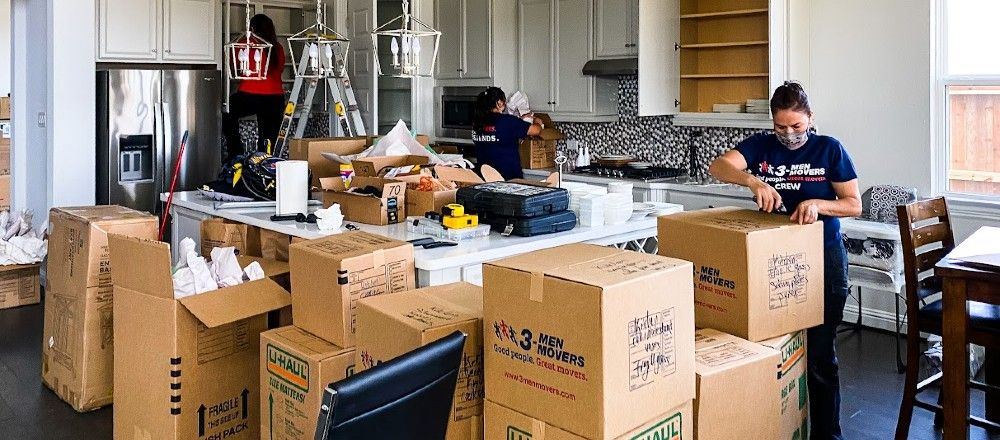
If you’re looking at your schedule and panicking because you only have one day free to pack before your movers arrive we’re here to help by providing you with 5 easy tips to pack up your apartment in one day for those who need to move and are in a hurry!
Buy Your Supplies the Night Before
Make sure you purchase your packing supplies the night before you get started. This includes boxes, tape, markers, packing paper, and bubble wrap.
Splurge on Wardrobe Boxes
Wardrobe boxes are a life saver during a move! One thing that is really going to save on time is utilizing wardrobe boxes. You won’t have to take every item off of each hanger and rehang it when you get to your second location.
Get an Early Start
A huge factor in whether or not you are able to get all of your packing done is getting an early start. If you start at 11 am there’s a good chance that you’re still going to be packing into the night. If your move is the next day you don’t want to be drained because you were up packing until 4 am.
Tackle One Room at a Time
Packing room by room helps you keep things organized and it will help prevent you from getting overwhelmed throughout the process.
Label Everything
Another huge time saver is going to be labeling your boxes. Labeling your boxes help you to stay organized, prevents you from stacking heavy boxes on top of fragile boxes.
Stack Your Belongings as You Go
When you’re packing an apartment you can easily run out of space as your apartment begins to fill up with packed boxes. One trick is to stack your boxes as you pack them. Just be sure to pay attention to the labels on your boxes so that you don’t damage any fragile items.
In Conclusion
Packing up your apartment in one day is definitely a chore but far from impossible. Be sure that as you go through the process you’re taking the time to wrap and protect your items to prevent damages during your move. To ensure that your movers can get right to work on move day check out our guide on what a fully packed home looks like.